
The Global Music Therapy Project creates songs and videos to help children reach their goals.
-

The Hello Song
This version allows space for you to sing to two people. Please fill in the blank with your names!
We typically begin both our group and individual sessions with this song. It's a great way to encourage everyone to settle down and acknowledge one another. If every session begins with this song, it becomes a recognizable prompt that invites group members to sit and start the class. It also gives the therapist an opportunity to assess the level of verbal, physical and social engagement of each individual. The kiddos learn one another's name within the song and have the opportunity to make eye contact.
-
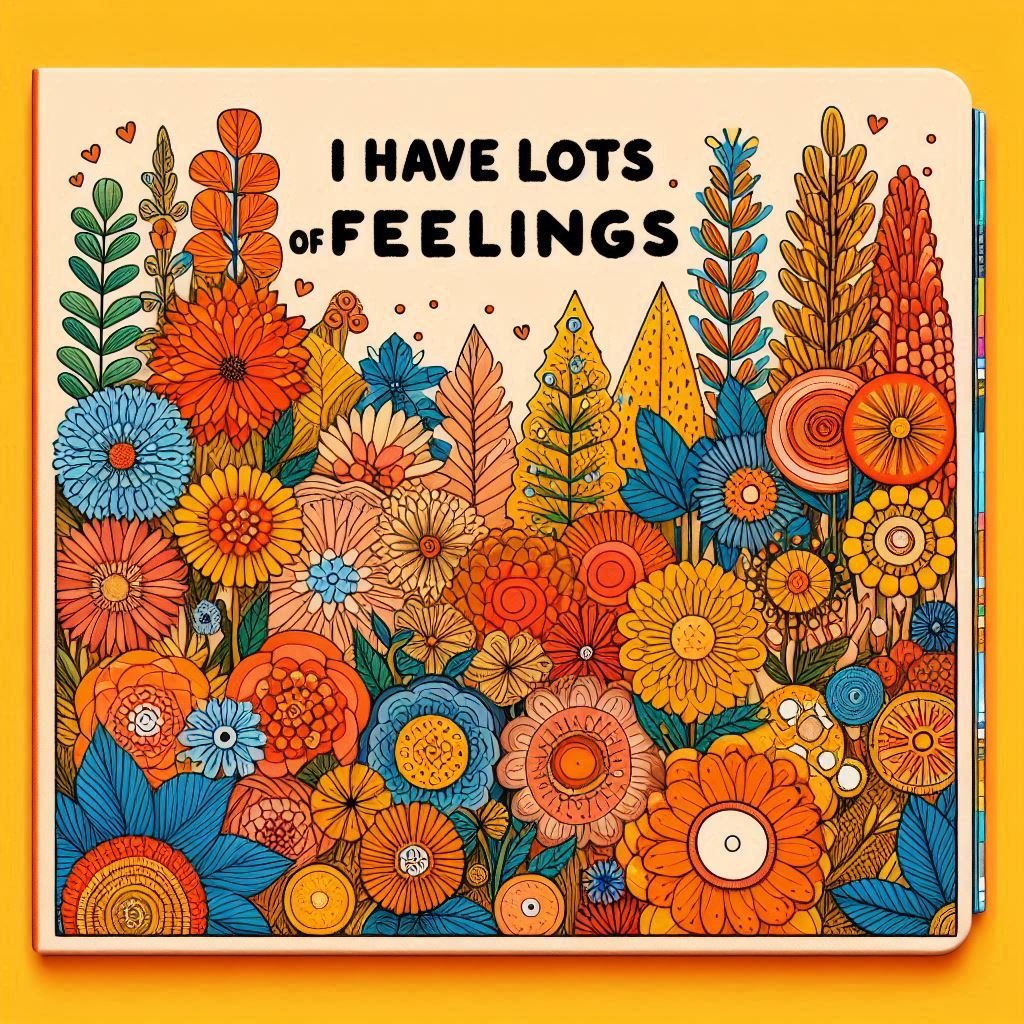
I Have Lots of Feelings
This song gives kids a way to express different emotions they feel and identify them through the lyrics. We encourage you to incorporate corresponding facial expressions so that children can identify and mirror the expressions modeled by the therapist and group members. It is intended to remind children that emotions are normal, will eventually pass and that there is an underlying goodness to each child.
-

Music Makes Me Happy
This song encourages communication, making choices and identifying emotions. If a child struggles to answer, we encourage the use of visuals (such as printed photos or images on an ipad) with a choice of two. If motor movement is a challenge, try placing the two photos equidistant from the child's dominant hand. The repetition gives kids the chance to practice singing complete sentences that they created themselves. In our experience, there are times when children choose something that makes them feel a different emotion than happy. An advanced version of this song can incorporate different emotions and use a minor key for emotions like sad or angry.
-
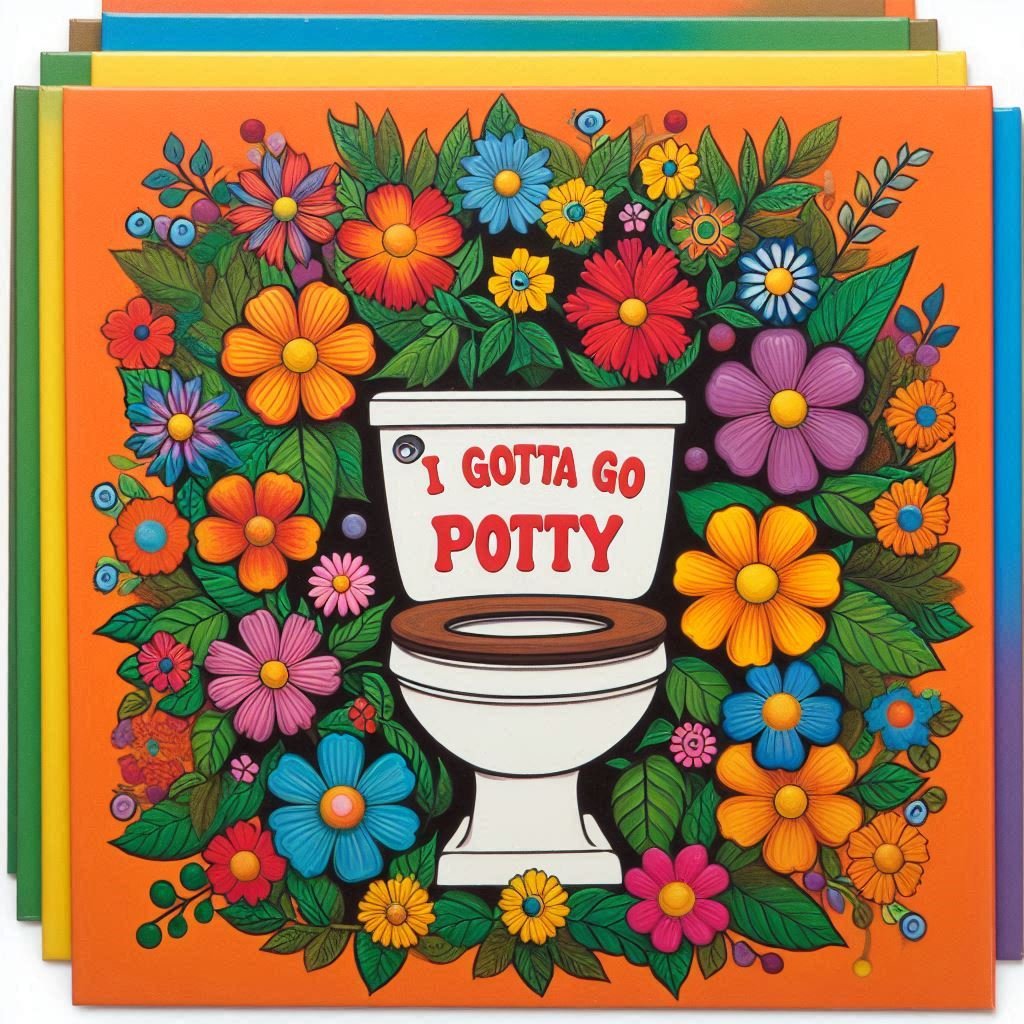
I Gotta Go Potty
This song encourages communication, making choices and identifying emotions. If a child struggles to answer, we encourage the use of visuals (such as printed photos or images on an ipad) with a choice of two. If motor movement is a challenge, try placing the two photos equidistant from the child's dominant hand. The repetition gives kids the chance to practice singing complete sentences that they created themselves. In our experience, there are times when children choose something that makes them feel a different emotion than happy. An advanced version of this song can incorporate different emotions and use a minor key for emotions like sad or angry.
-
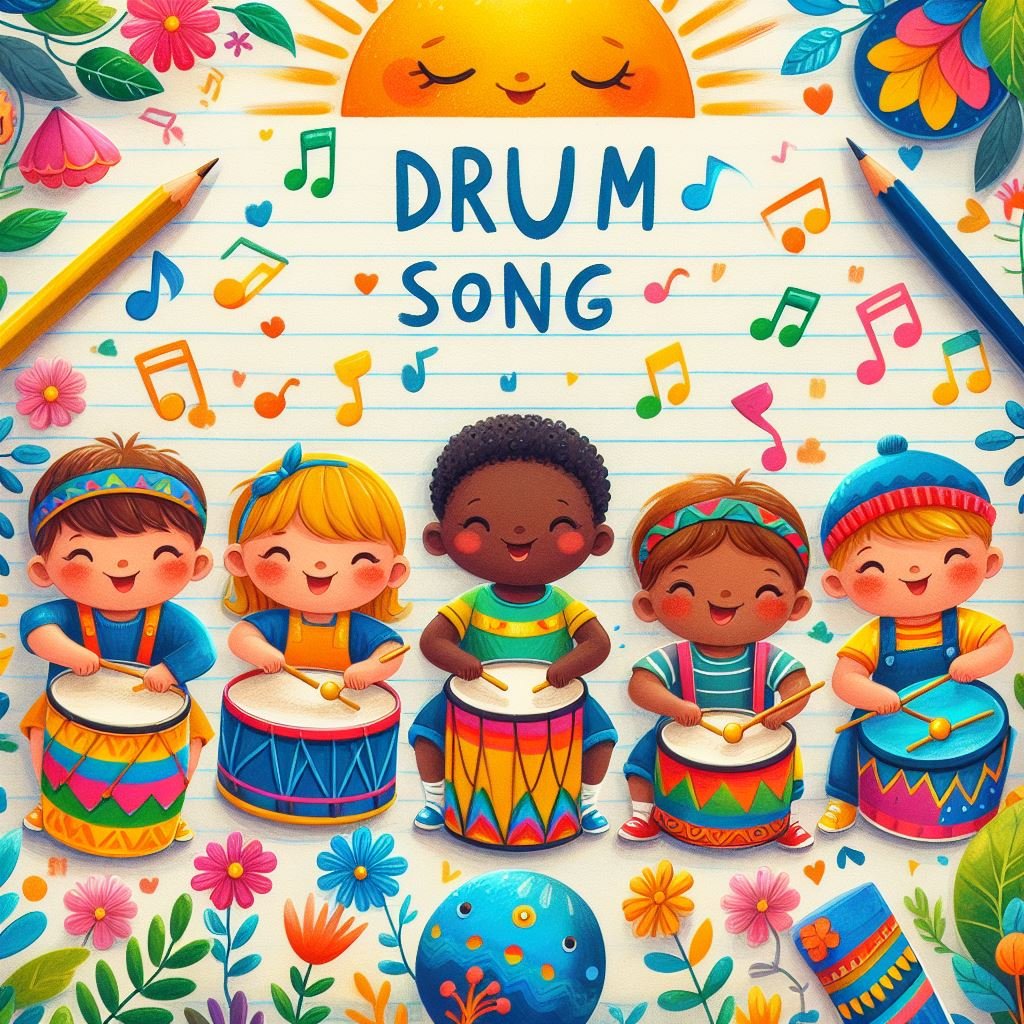
The Drum Song
We recommend sitting in a circle and passing unique drums around so that everyone has one. Keeping them upside down until the song starts may help with impulse control. Group members quickly learn that they will have the chance to play every drum before the song is over. This song encourages listening, turn taking and creativity. We typically allow kiddos to play the drum however they want but also model playing softly, loudly, slowly and quickly. This song provides the facilitator the opportunity to notice any tactile sensitivities and assess both fine and gross motor movement.
-

Bubbles
We encourage you to blow bubbles while this song is playing to address oral motor skills, fine motor movement, visual tracking, sensory processing, and vocabulary. This song is frequently used to teach and practice self-soothing.
-
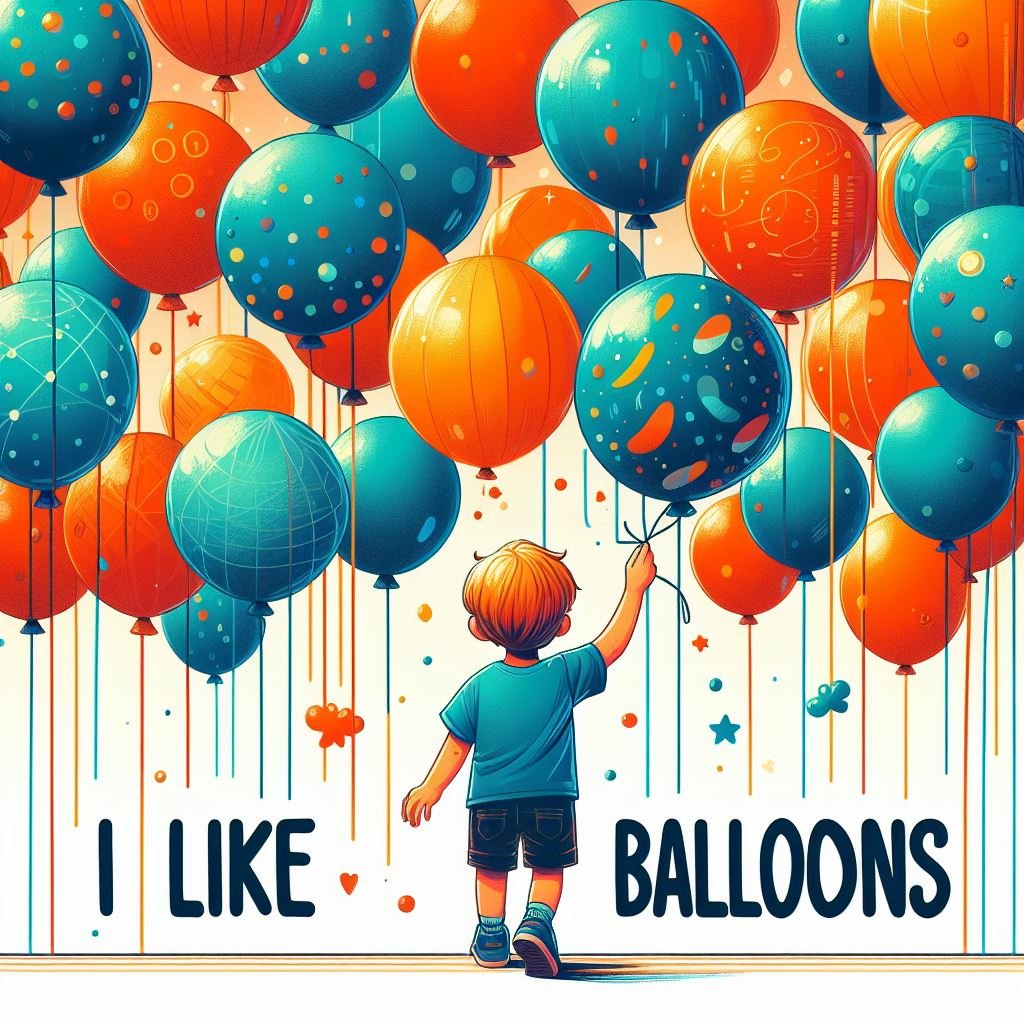
I Like Balloons
This song helps children practice color identification and provides vocabulary to describe activities. Using actual balloons during this song teachers turn-taking and motor movement.
-
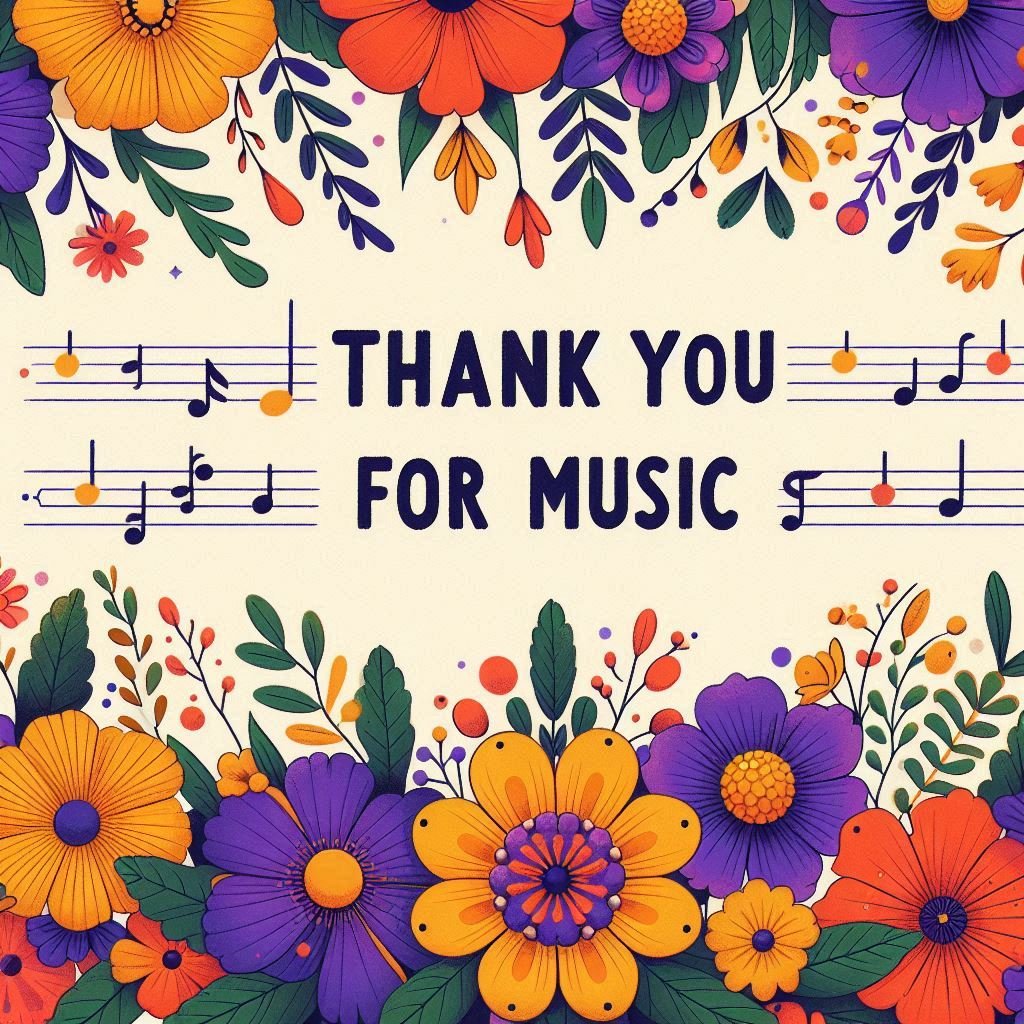
Thank You for Music
We use this song to end our music therapy sessions and thank one another by name. We encourage families to incorporate the pattern and concept of this song into everyday activities like, “Thank you for dinner.”
-

The Relaxation Song
The Relaxation Song is a tool designed to help children reduce anxiety, feel more grounded, and support deeper breathing, serving as an effective self-soothing mechanism. This song incorporates dissonance and resolution - tension and release - to help create a calming atmosphere, making it easier for children to relax and center themselves.
-

Clap Your Hands
This tactile song encourages listening, vocalization, and practicing the art of self-soothing. We encourage group members to sit or stand in a circle and perform each movement as they sing. During the, "la, la, la," section, we brush one arm, then the other, and then our legs.
-

The Spirit Song
The Spirit Song encourages movement, following directions, and making choices. If a child is struggling to come up with an additional movement, try offering a choice from a field of two. For example, “Would you like to jump (while holding out your right hand) or spin (while holding out your left hand).”
-

Good Morning
We love to use this song for morning transitions. Waking up a child with a song is a great addition to a morning routine and establishes a positive playful environment. Like other steps in a routine, it can be an upbeat way to start off the day. Instead of using, "my love," you might use a child's name.
-

Doomba
The music therapy song "Doomba" offers numerous benefits, particularly in a group setting where participants can engage in call and response. Here's how this therapeutic song can enhance the experience for each member: Facilitate social interaction, Promote self expression, Enhance listening skills, Strengthen group cohesion, and Emotional and cognitive stimulation.
-

Goodbye in Many Languages
Goodbye in Many Languages
